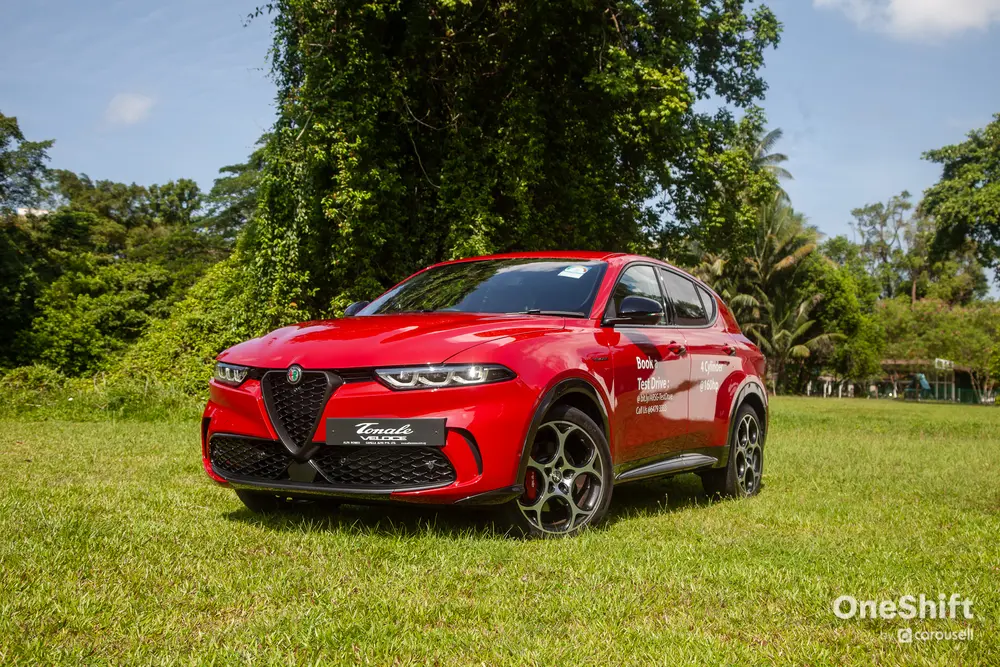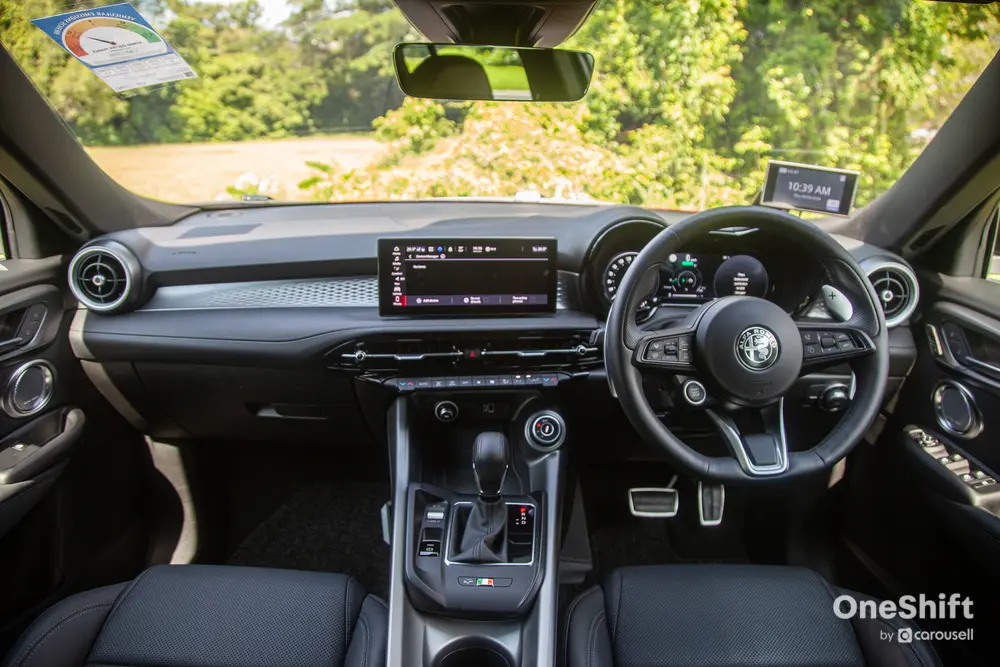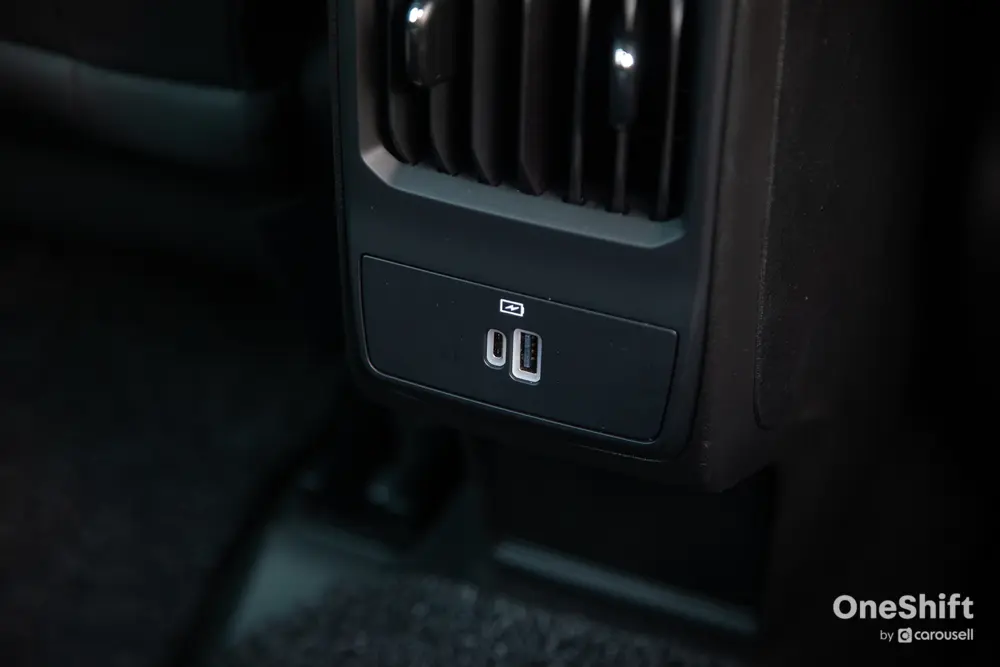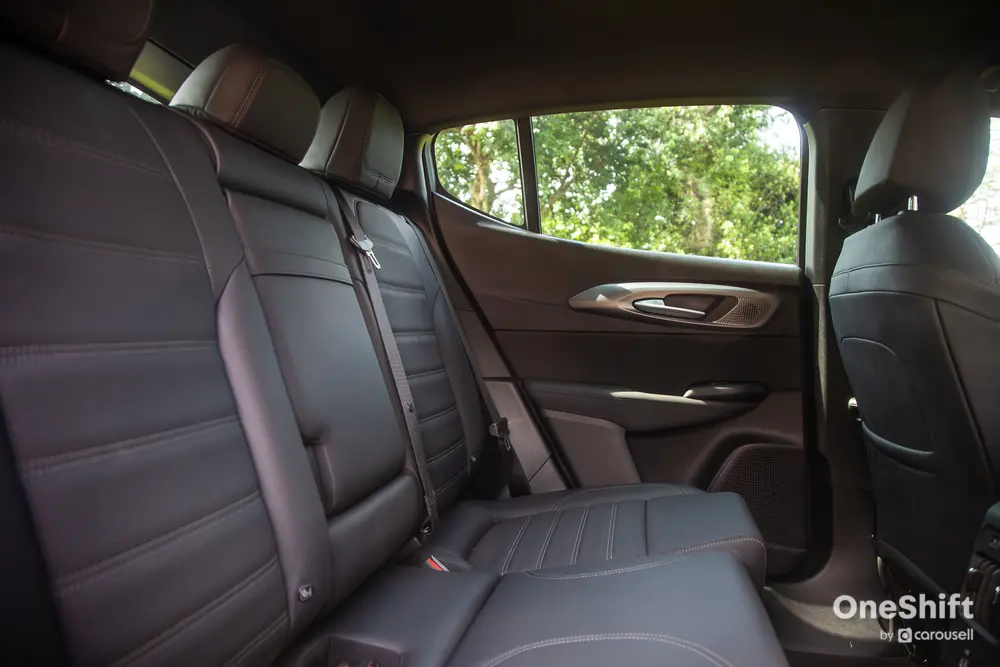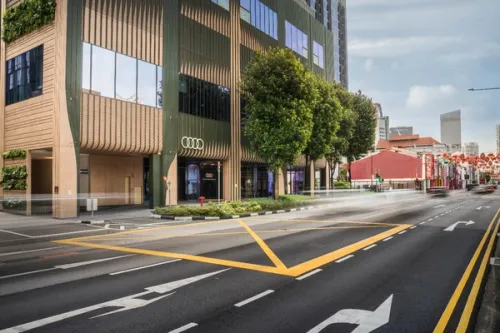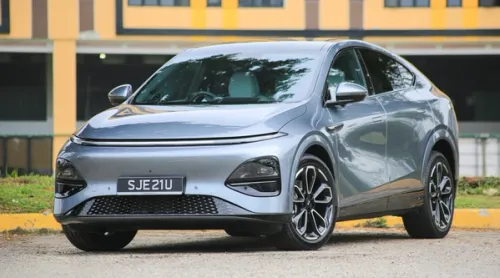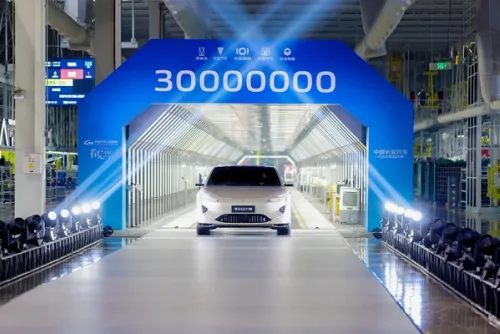Alfa Romeo Tonale 1.5L Turbo MHEV Veloce Review: Leading the Way to Electrification
The alluring Tonale looks great inside and out, while introducing electrification to Alfa Romeo.







Trust Alfa Romeo to produce something as beautiful as the Tonale. It looks like it drove straight off the concept podium at the Frankfurt Motor Show, with its clean sheet metal, thin headlights and a body bereft of unnecessary detail.
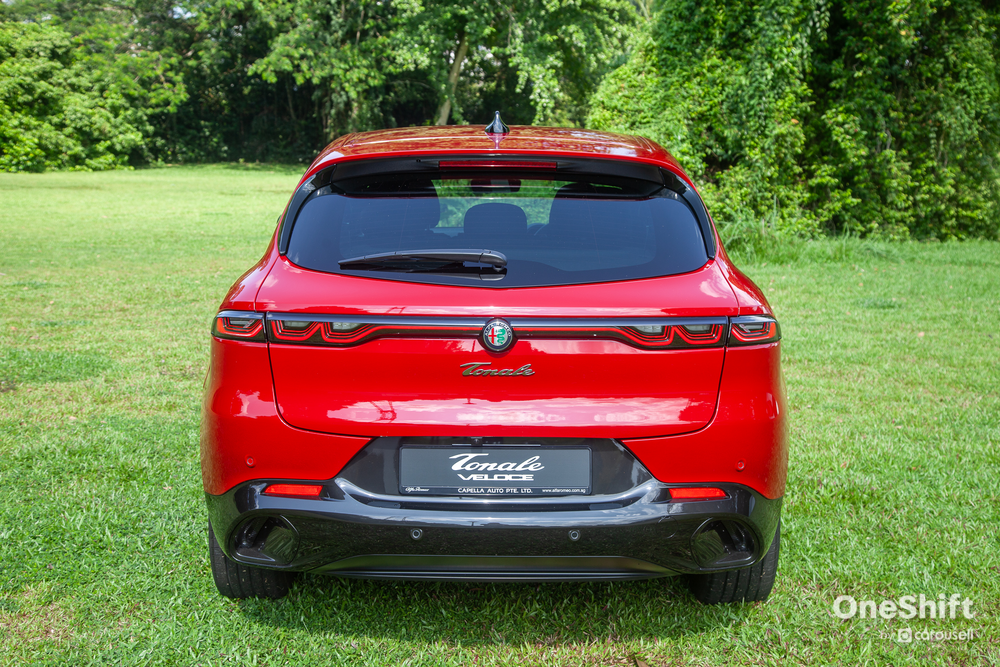
Meant to bring Alfa Romeo into the compact SUV segment which it is currently absent from, the Tonale is a very important model for the brand for obvious reasons. It stakes itself in the hot market of SUVs, and in the more affordable end at that, which can make the Tonale as good a revenue generator as Alfa needs for survival.

An electrified Alfa?
The Tonale also has another trending topic covered - electrification. Although not quite an electric vehicle, its 1.5-litre turbo engine is paired with a mild 48-volt hybrid (MHEV) system that allows propulsion when with the fossil fuel burner off. It produces a healthy 160 hp and 240 Nm, while keeping weight to a reasonable 1,525 kg. With a 7-speed dual-clutch gearbox, the car accelerates from 0-100 km/h in 8.8 seconds. This is the first MHEV that Alfa is selling in Singapore.
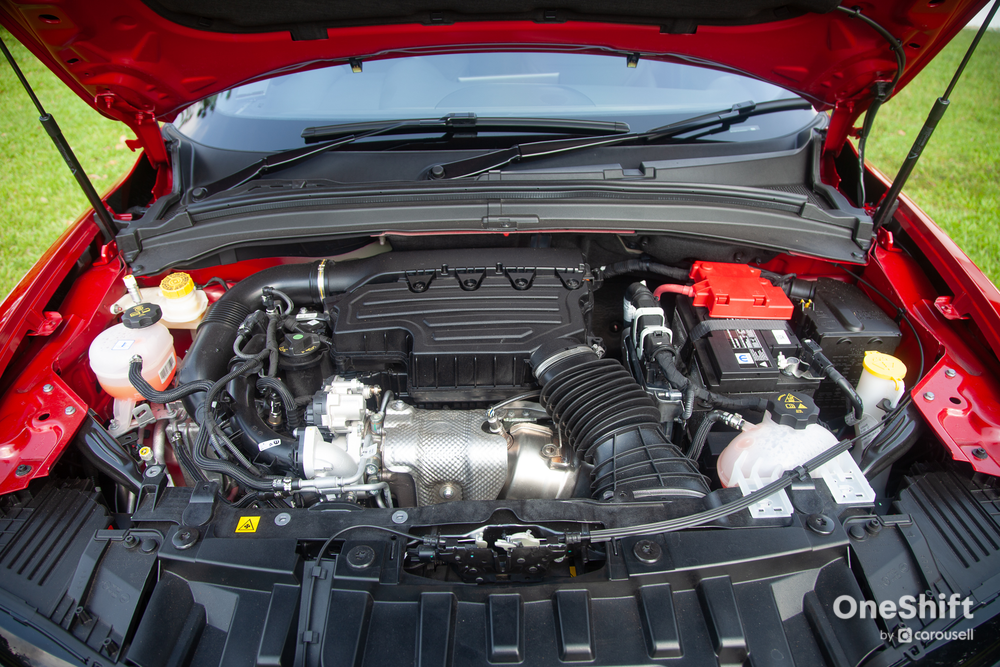
How is the Alfa Romeo Tonale’s interior?
The interior design is rather more conventional, but manages to feel up-to-date and well-built. There is a Harmon Kardon sound system and ventilated front seats as standard, while the column-mounted aluminium shift paddles feel proper. However, while there are attempts at digitalisation, Alfa does better on the stuff that you can actually touch. The 12.3-inch digital instrument cluster is nice to look at, but it's a little laggy, and it’s the same story for the 10.25-inch infotainment system as well. But the leather and metal accents all feel a cut above the competition.
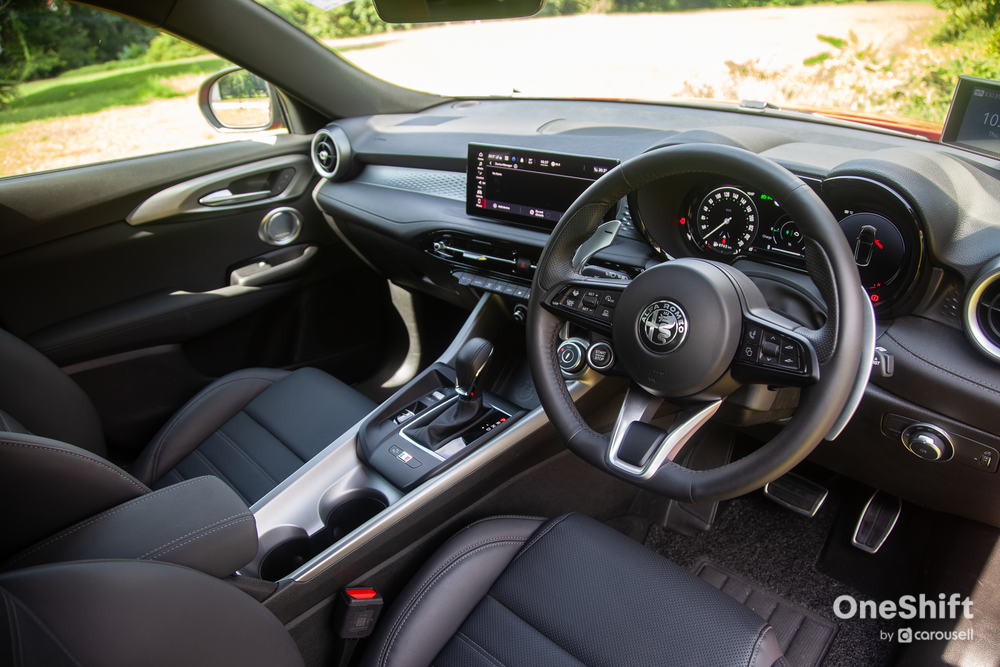
How does the Alfa Romeo Tonale drive?
Turn the steering wheel and you would be surprised how light it feels, given the sporty undertones of the brand. The car’s ride leans on the firm side but it is quite acceptable for a daily driver. So far, it’s pleasant enough. However, the main thing that dominates the driving experience is the drivetrain.
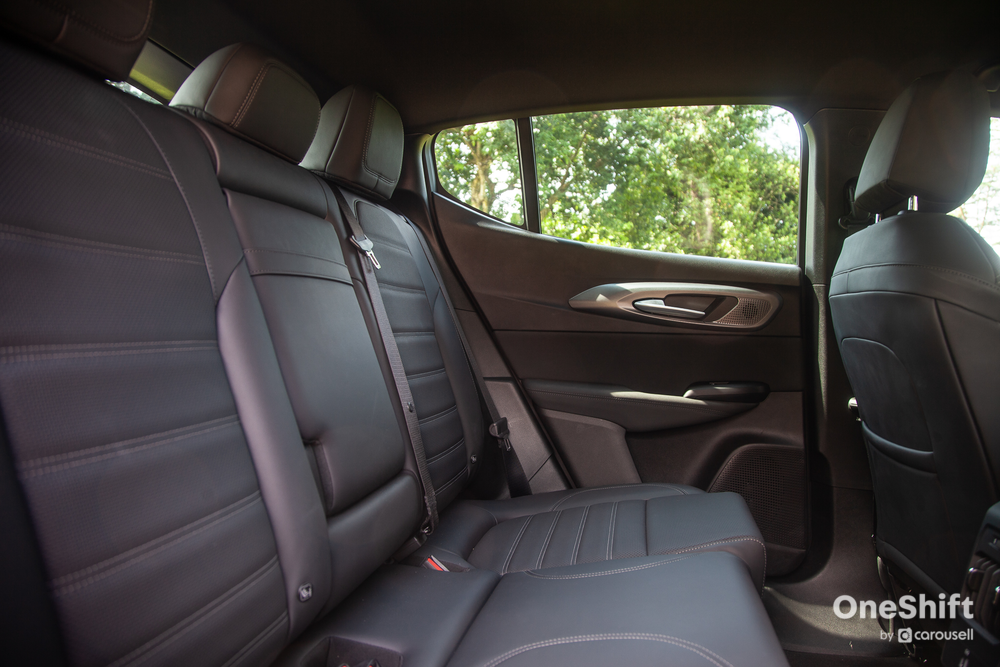
Being a MHEV, there would be some expected quirks like delayed throttle response. In normal driving situations, the way power is delivered is best described as indirect. You can feel when electrical assistance is called upon and the juggle with the ICE part of the drivetrain doesn’t feel as refined as it should be. This seems to improve tremendously in Dynamic mode (of the ‘DNA’ modes) as progress is just smoother. Perhaps with some fine tuning of the MHEV system, the Tonale would live up to its full potential. That said, there is plenty of power on tap and the car would sprint eagerly should it be called upon to do so.
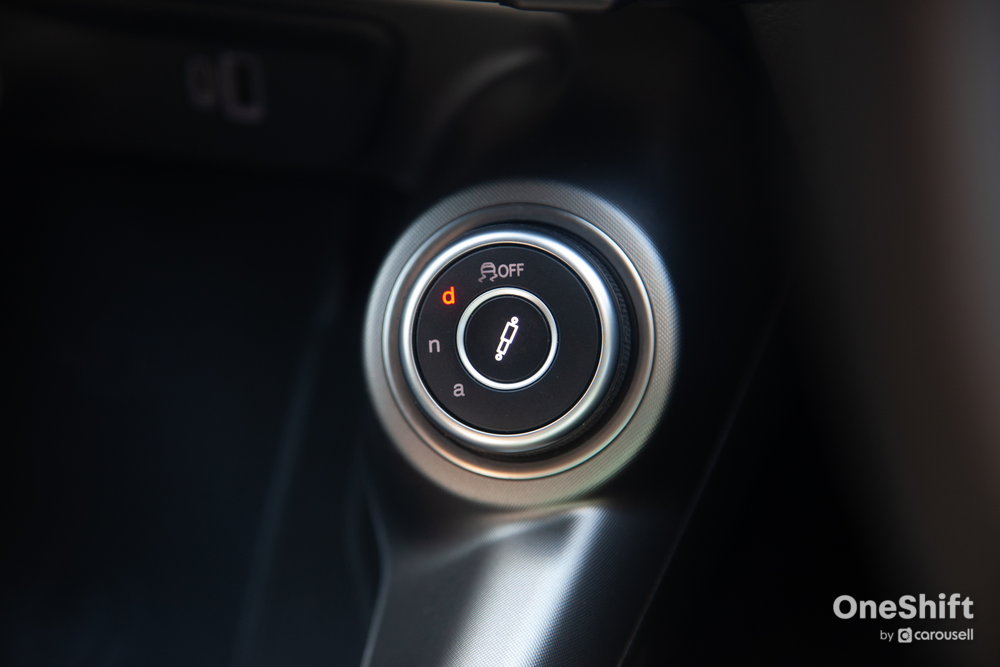
I can see a lot of appeal with the Tonale and car fans immediately melt when they see how it looks. I had high hopes for the car and its overall quality definitely left a good impression. It just needs an update to its interior digital touchpoints and its drivetrain in ‘Normal’ to make a more convincing case for buyers.
Photos by James Wong
---
Sell your car to us for up to $5,000 more than market prices. Get a quote now!








Get the Best Price for your used car
from 500+ dealers in 24 hours

- Convenient and Hassle-Free
- Consumer Protection
Transparent Process
With No Obligation
